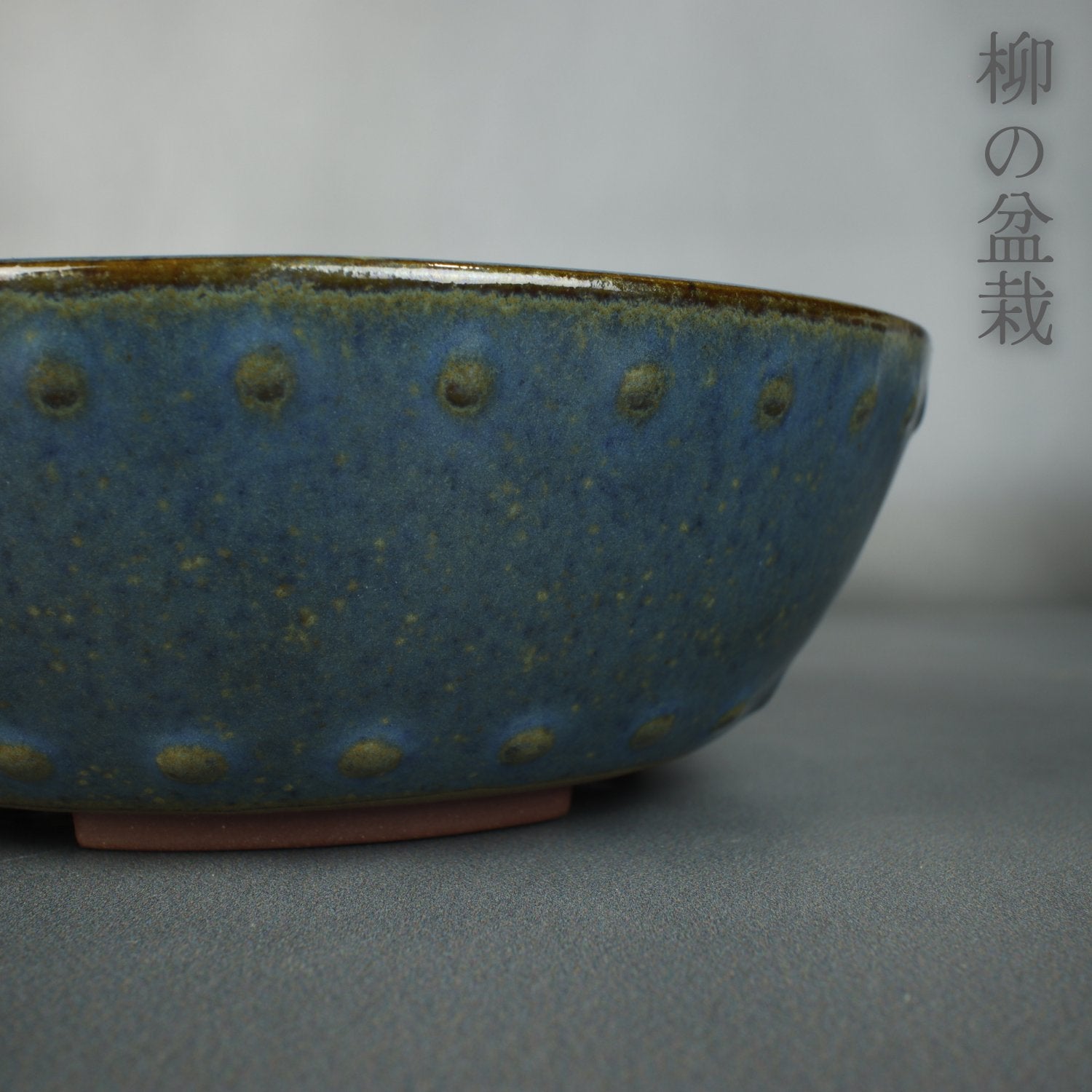

I remember when I was a beginner in bonsai I had seen a bonsai tree in a big box store and instantly fell in love with the idea and aesthetic and cultural appeal of bonsai. I bought that tree ( and still have it ). But what I didn’t realize at the time is what I was buying was a bonsai in the way that I see it now, what I had bought was an entry into the art. Once I started doing more research on bonsai the worse the itch became to go out and start obtaining trees to work on, this is where I somewhat hit a road block though. I went to regular plant nurseries and most of what I found was very juvenile, most of the times was staked so it was dead straight and anytime I asked the staff if they had any trees suitable for bonsai they gave me a look like I just asked a forbidden question.
I still remember the Joy of finding my first nursery that was full of actual bonsai material! I was so happy and I felt like I could now proceed further in the art. But what happens if you don’t have a local nursery with the perfect material? Lets take a look at all the places we can find trees for bonsai.
Bonsai Nursery : I’m going to get the obvious one out of the way and that is a specialist bonsai nursery. This is the best place to get your material because at a good nursery they will have starter plants in most of the popular varieties for bonsai that are hard to find in regular nurseries. On top of this they will also have good pre bonsai that has had a lot of the early stages of work done so you can be 10 steps ahead without having to go backwards. And for those with a really bad itch for bonsai they will also have actual specimen trees for sale ready to take home and admire. Just be aware though that if you are just starting out I wouldn’t recommend a specimen tree even if you can afford it, you will want to educate yourself and have some experience first before owning an older tree.
Regular Plant Nurseries : Like I spoke about in the intro regular plant nurseries are an option to obtain material if you don’t have the fortune of having a local bonsai nursery. The down side to this is though they generally don’t carry a lot of the most popular species for bonsai and if you do happen to find a suitable species it will likely have a lot of faults you will need to fix before moving forward. A good tip when visiting a regular plant nursery is to ask them where their throw out pile is, this is generally where they put any trees that have too much movement in them or any other type of issue that they see as a fault but usually is great for bonsai. Not only will you get something more suitable but it will also be cheaper.
Yamadori : you may or may not have heard this word yet but this is the word used to describe trees that have been collected from the wild. In Japanese yamadori translates to collected from the mountains. Yamadori is a good option because you get an older thicker tree with a lot of natural character straight away. But this doesn’t mean you’ll be putting that tree in a show or even a bonsai pot straight away. When a tree is collected there is a long recovery process which can sometimes be up to 2 years, Then you will have to work on the trees structure and refinement from there, so even though there is many years skipped of development there is still many years of other work that needs to be carried out. The other consideration of Yamadori is that you cant just roll up to any old place and start pulling trees out of the ground, different places will have different rules. In Australia the only place we can collect from is private property’s, so finding someone who has a lot of land and suitable trees that is willing to let you collect is essentially a winning lotto ticket for a bonsai artist. If you do live In a place that allows collecting from public land you need to be sure that you leave the land in better condition when you leave then when you arrived. This means filling your holes back in and removing any rubbish you may have created, if you want to be even better about it you can plant a small tree in its place.
Home Gardens : A lot of good material is acquired through people renovating or removing certain trees from their home gardens that have been growing for years. Hedges such as murraya are something you can find almost anywhere and you can usually find people who are wanting to remove them to replace them with other plants. Keep an eye out on your local market places for people listing free plants, you usually have to dig them yourself but it’s a small price to pay for a well developed piece of material.
Another common way to acquire more trees is to propagate from the trees you already have or have access to in your garden or private land. Lets take a look at some popular methods of propagation.
Air Layering : This is a method in which we remove the cambial layer from either a branch or a distance up the trunk to encourage new roots to grow in that place, We do this by adding some rooting hormone to the area then wrapping it with sphagnum moss. The tree will then use its auxin to help grow new roots, once the sphagnum has enough roots to support the growth you can then cut the airlayer from the tree and you have essentially started a new tree from older growth. This is a great way to acquire material for shohin trees. We have a full article on air layer here.
Cuttings : This is another great method for acquiring more trees to work on, although there is a bit of patience required as usually the material used for cuttings is very small in most cases so there will be some time for development required. Some trees strike very easily from cutting such as ficus, but other trees like pines and junipers require some more specialized treatment to help your success rate.
Root Cuttings : some species like Chinese elm will actually grow new shoots from a root that has been cut but is still planted. For example if you were to dig a Chinese elm from the ground all the roots you cut through to get it out will then throw new shoots which can later be dug up and used for bonsai material.
Seeds : Some people like to grow trees from seeds. This can be a hit and miss way to propagate material for bonsai though. Germination rates for seeds can be fairly low if you don’t have the right set up and methods, then the saplings survival rate after that can also be fairly low if your methods are poor. But even if you do get a good germination rate and your saplings power on you have years and years of development before you even think of making those trees into bonsai so this is a very long way to go about it.
I hope this quick article has given you some ideas on where to acquire material for bonsai
Happy hunting!
Savings opportunities
Shop Tools And Accessories

Author : Joshua Hooson
Joshua Hooson is an author and enthusiast of the art of bonsai. He has built his knowledge and understanding of bonsai through a combination of self-experience, lessons learned through hands-on practice, and extensive research. His articles reflect his passion for the subject and offer insights gained through his own personal journey in the world of bonsai. All the information provided in his works is a result of his own experiences and the knowledge he has gained through his studies. He is dedicated to sharing his love of bonsai and helping others grow in their understanding and appreciation of this ancient and beautiful art form.












